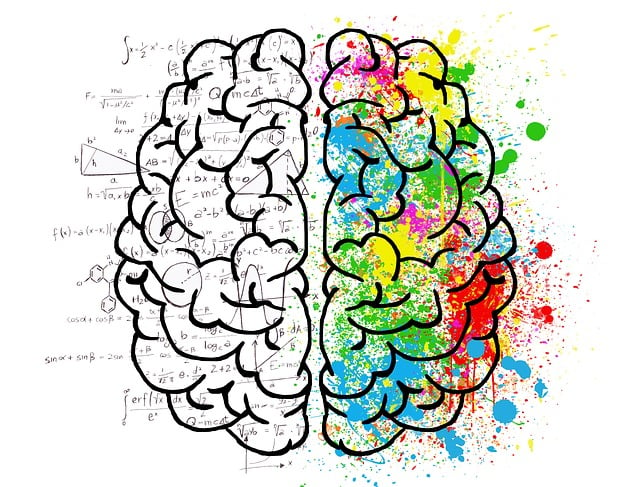Table of Contents
1. Classical Probability:
Classical probability is based on the assumption of equally likely outcomes in a sample space. It’s often used for situations where all possible outcomes are equally likely. The probability of an event A is calculated as:
![]()
Example: Rolling a fair six-sided die. The probability of rolling a 3 is ![]() .
.
2. Statistical (Frequentist) Probability:
The statistical probability is based on observations and data collected from real-world events. The probability of an event A is calculated as the relative frequency of A occurring in a large number of trials:
![]()
Example: Tossing a coin many times and observing the ratio of heads to total tosses.
3. Axiomatic Probability:
Axiomatic probability, also known as probability theory, is a mathematical framework that defines probability using a set of axioms. It formalizes probability as a measure of a probability space. The probability of an event A is denoted by ![]() and satisfies the axioms of probability theory.
and satisfies the axioms of probability theory.
Example: The probability of drawing a red card from a standard deck is ![]() .
.
Conditional Probability:
Conditional probability is the probability of an event occurring given that another event has already occurred. It’s denoted as ![]() and is calculated as:
and is calculated as:
![]()
Example: Given that it’s raining (![]() ), what’s the probability of having an umbrella (
), what’s the probability of having an umbrella (![]() )?
)?
Laws of Addition and Multiplication:
Law of Addition (Union): For any two events A and B:
![]()
Law of Multiplication (Intersection): For any two independent events A and B:
![]()
Independent Events:
Events A and B are independent if the occurrence of one event doesn’t affect the probability of the other event. Mathematically:
![]()
Example: Rolling a die and flipping a coin are typically independent events.
Theorem of Total Probability:
For a partition ![]() of the sample space S:
of the sample space S:
![]()
Bayes’ Theorem:
Bayes’ theorem relates conditional probabilities. For events A and B with ![]() :
:
![]()
Example: Spam Email Detection
Let:
– ![]() : Email is spam.
: Email is spam.
– ![]() : Email contains the word “discount.”
: Email contains the word “discount.”
Probabilities:
– ![]() : Probability that an email is spam (prior probability).
: Probability that an email is spam (prior probability).
– ![]() : Probability that an email contains the word “discount” given that it’s spam (likelihood).
: Probability that an email contains the word “discount” given that it’s spam (likelihood).
– ![]() : Probability that an email contains the word “discount” given that it’s not spam (false positive rate).
: Probability that an email contains the word “discount” given that it’s not spam (false positive rate).
– ![]() : Probability that an email is not spam (complementary probability to spam).
: Probability that an email is not spam (complementary probability to spam).
Bayes’ Theorem:
![]()
Using the law of total probability:
![]()
Substituting into Bayes’ Theorem:
![]()
Applications in Real Life:
Probability theory finds applications in various fields such as finance, genetics, insurance, and more. For instance:
- Weather Forecasting: Predicting the likelihood of rain based on historical weather data and atmospheric conditions.
- Financial Modeling: Estimating the risk associated with different investment options.
- Epidemiology: Analyzing the spread of diseases in a population and assessing the probability of an outbreak.
- Machine Learning: Training models for tasks like image recognition, where probabilities help determine the most likely classification.




